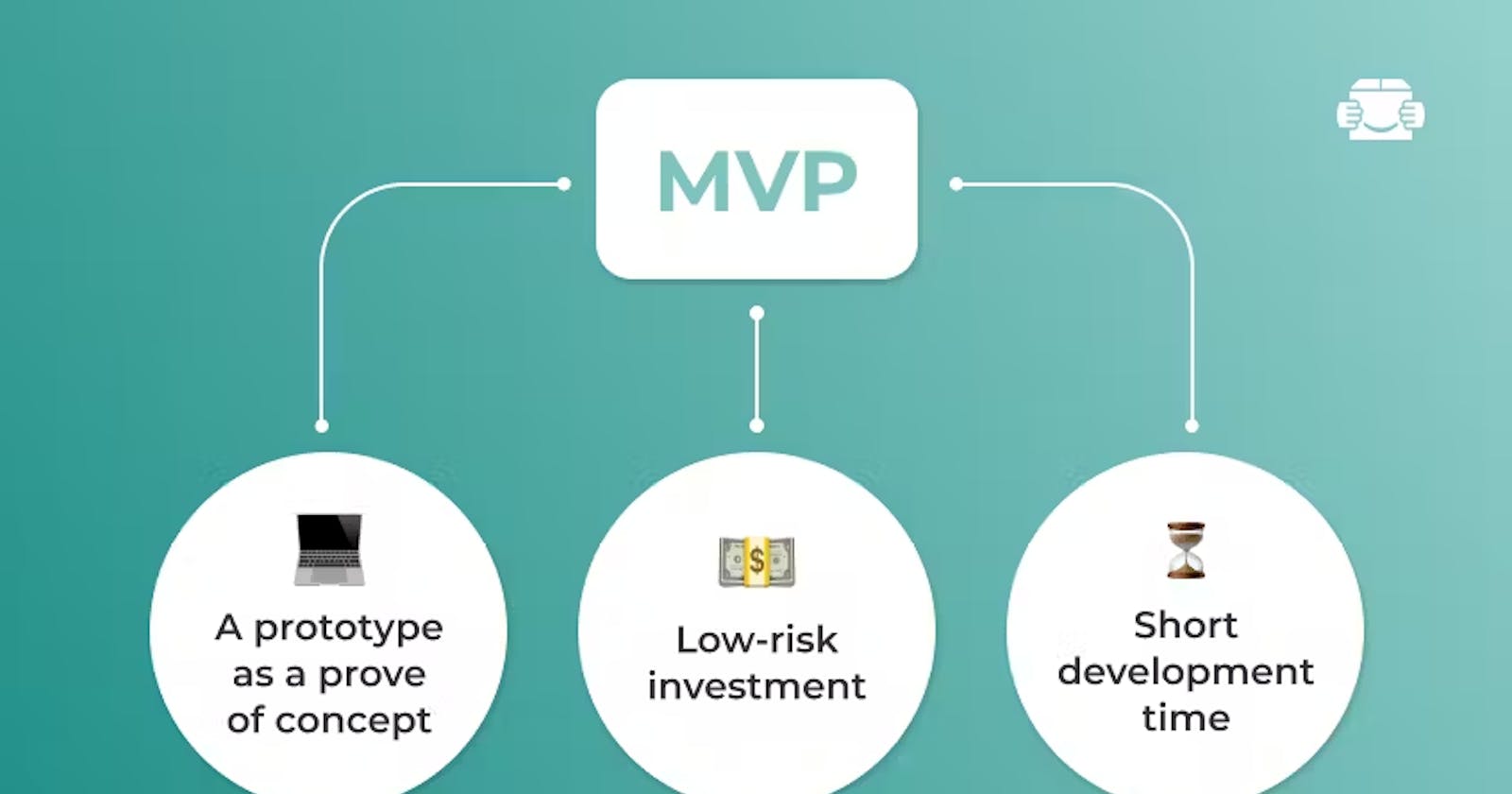Table of contents
What is an MVP?
An MVP, or minimum viable product, is a version of a product with just enough features to be usable by early customers who can then provide feedback for future product development.

Why use an MVP?

There are many reasons to use an MVP. Here are a few of the most common:
To reduce risk: By releasing an MVP, you can test your product idea with real users and get feedback early on. This can help you to identify any potential problems with your product and make changes before you invest too much time and money into development.
To validate your product idea: Before you invest a lot of time and money into developing a product, it's important to make sure that there is a market for it. An MVP can help you to validate your product idea by getting feedback from early customers.
To learn from your users: An MVP is a great way to learn from your users. By getting feedback from early customers, you can identify what features they like and don't like, and what features they would like to see in future versions of your product.
To get feedback quickly: An MVP can help you to get feedback from your users quickly. This is important because it allows you to iterate on your product and make improvements based on feedback.
How to create an MVP
There are a few key steps involved in creating an MVP. Here are a few tips:
Start with a clear product vision. Before you start building your MVP, it's important to have a clear vision for your product. What problem are you solving? Who is your target market? What are your key features?
Prioritize your features. Not all features are created equal. When you're creating an MVP, it's important to prioritize your features. Focus on the features that are most important to your target market and that will help you to achieve your product goals.
Build a prototype. Once you've prioritized your features, it's time to start building a prototype. A prototype is a rough version of your product that allows you to test your ideas and get feedback from users.
Get feedback from users. Once you have a prototype, it's time to get feedback from users. This is one of the most important steps in creating an MVP. By getting feedback from users, you can identify what features they like and don't like, and what features they would like to see in future versions of your product.
Iterate and improve. Once you've gotten feedback from users, it's time to iterate and improve your product. This is an ongoing process. As you get more feedback, you can make changes to your product to make it better.
Conclusion
An MVP is a great way to reduce risk, validate your product idea, learn from your users, and get feedback quickly. If you're thinking about developing a new product, I encourage you to consider using an MVP.

